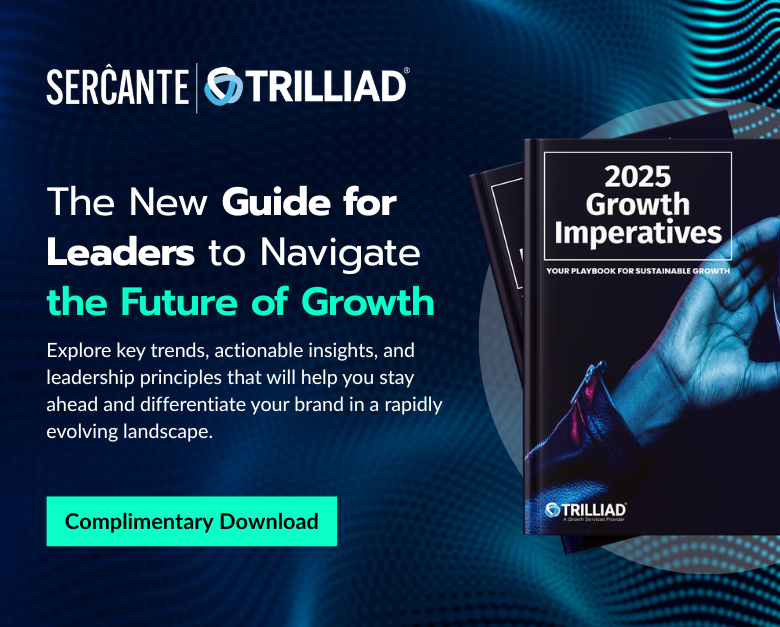
Living in a fast-paced world of technology, it’s easy to get caught up in the whirlwind of innovation and lose sight of the human element. We can occasionally prioritize the tools and systems we use over the people who rely on them.
I had the honor of attending Florida Dreamin’ in October 2023. I was especially inspired by one session in particular.
Here’s a summary of that session.
Insights from Daniel Gorton’s Florida Dreamin’ Presentation
Daniel Gorton, a Salesforce architect with a unique background in social work and psychology, recently delivered a thought-provoking presentation at Florida Dreamin’ that reminded us of the importance of centering people within our technology discussions.
Here are the insights he shared.
Asking The Right Questions
Gorton, who defines himself as an “empathetic and multi-centered Salesforce architect,” captivated the audience with his perspective at the intersection of technology and social work. He posed essential questions that challenge our approach to change and user experiences, asking, “What are some ways we can be inclusive and intentional with change?” and “How do we make sure everyone has their needs met?”
Consider Learning Styles and Needs
One of the key takeaways from his presentation was the emphasis on inclusivity, considering diverse learning styles and needs. Gorton reminded us that individuals have varying comfort and experience levels with technology. This message couldn’t be more relevant as we continue to integrate artificial intelligence into our daily lives. In a separate presentation during Florida Dreamin where the A.I. Lay’s campaign “Messi Messages” came up and an audience member asked, “Just because we can, does it mean we should?” which reflects the unease many feel when confronted with different and evolving types of technology.
Change management was also a focus of Gorton’s presentation. He stressed the importance of not just looking at systems but also focusing on the people behind it — those who build, test, approve, and use it. Gorton encouraged us to add value and create experiences that anticipate users’ needs, ultimately leading to joy and delight. He reminded us that even small gestures, like adding emojis, can brighten someone’s mood. Additionally, he underlined the fact that users teach us valuable lessons in the process.
Where Empathy and Strategy Meet
Combining our empathetic sides with strategic approaches, such as focus groups, road mapping, and well-defined processes, can help bridge the gap between technology, those who work in it, and the end users.
Gorton urged the audience to “consider organizational context, system performance, & Salesforce well-architected best practices.” He provided several examples of how Sales Cloud does this today, citing Path as one of the easiest-to-offer UI features.
Gorton also provided insights into best practices for training, emphasizing the importance of feedback and requests, encouraging feedback loops, and breaking down silos. He encouraged us not to be afraid to iterate and build slowly, ensuring that we can fine-tune our solutions over time.
Finally, Daniel Gorton’s presentation was a reminder that technology should enhance human experiences, not overshadow them. By being more inclusive, empathetic, and thoughtful in our approach, we can create solutions that bring not only use but also delight users. Let’s reflect on Gorton’s insights and let them serve as a valuable guide for how each of us can navigate through the intersection of technology and the people behind those systems.
Get More Highlights from Florida Dreamin’
Be sure to check out these other posts from my fellow dragons who attended Florida Dreamin’ with me and shared details about their favorite sessions there.












